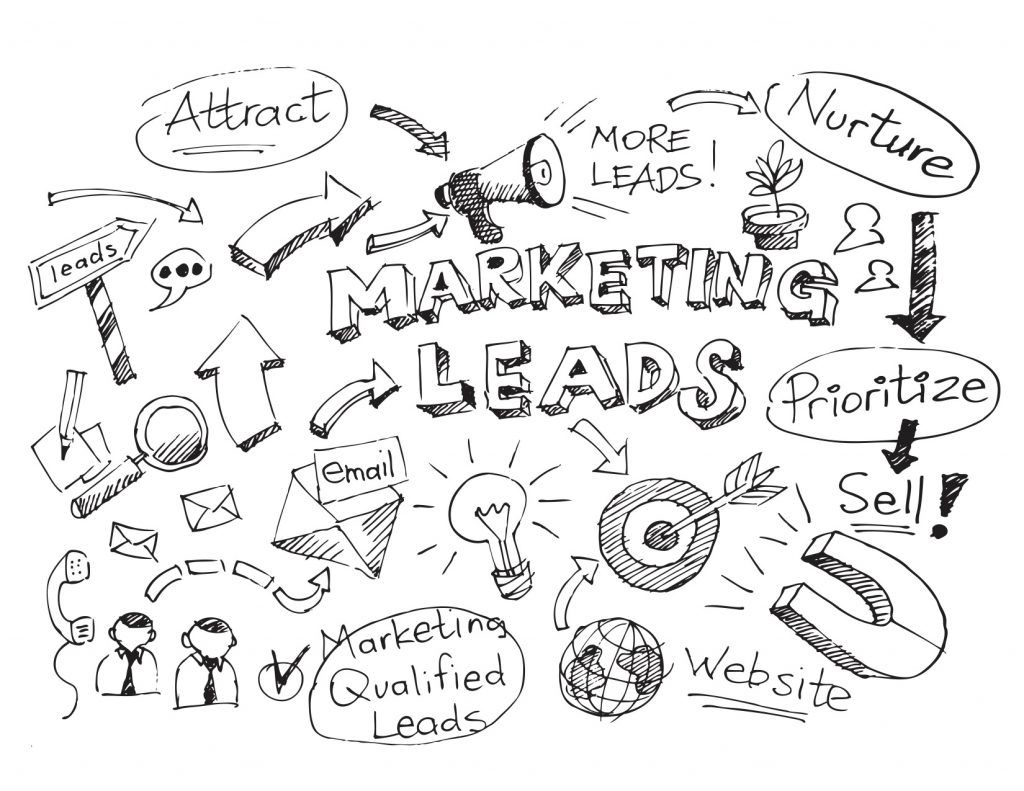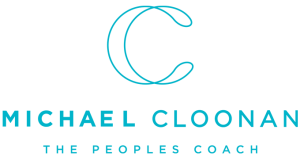Lead nurturing is a successful part of growing any business beyond immediate direct sales. It’s a well-known fact that many consumers do not purchase on first contact with a brand. It is said that it takes more than 7 different interactions to help a consumer build trust with your brand on average. This is a loose statistic and changes greatly dependant on the industry and the price point of the products or services you’re selling. The simple takeaway though is that in the majority of cases, you’re going to have to put some work in to developing a relationship with a prospect before they take the leap to become a customer.
This is where lead nurturing comes in. Lead nurturing allows you to create and manage an ongoing relationship with your prospect, in order to bring them to a point at which they are comfortable buying from you.
Let’s use retail as an example. In an ideal world, a shopper would see an advert online, head to your site and go straight to the ‘buy now’ button. The reality is that while they may be interested and like the look of product or service you’re providing, most simply won’t be ready to make that kind of commitment to a new brand right away.
This is where we make a distinction between hard and soft call to actions for your audience. Hard call to actions are your direct engagement actions, buy now, book now etc. In the event that the audience isn’t prepared to take this step immediately, you need to offer them what we call a soft call to action or an incentivised call to action.
Soft Call to Action – A soft call to action is more passive, it allows the audience to show ongoing interest without any commitment to buy. Examples here might be to sign up to your newsletter or follow you on social media.
Incentivised Call to Action – This is very similar to the soft call to action except you’re offering an incentive. You might offer a discount code for example, a download link for an ebook or something else you know might be of interest to your audience.
What both of these do is provide you with a means to maintain an ongoing relationship with the audience. They give you a method for which you can proactively nurture your relationship with them.
Lead nurturing campaigns will often take place over a fairly lengthy period of time. While you might do an intensive drip campaign over a period of a month, a longer campaign could go on for as long as a year. During that year, you’ll get in touch at set intervals with interesting, useful and valuable content and resources, interspersed with offers.
The long term nurture campaign allows you to gradually and proactively continue to establish trust and ease your prospect along to the decision-making stage. Your nurture campaign can take many forms. It could be something as simple as maintaining a consistent organic social media schedule, it could be an automated email campaign or regular phone calls from your sales or consultation team. And of course, it could and should be a mix of all of these various approaches where possible.

